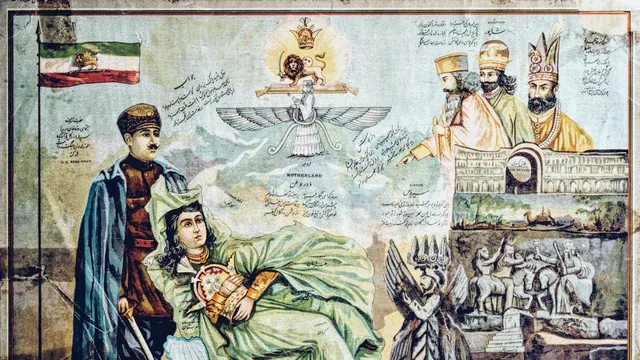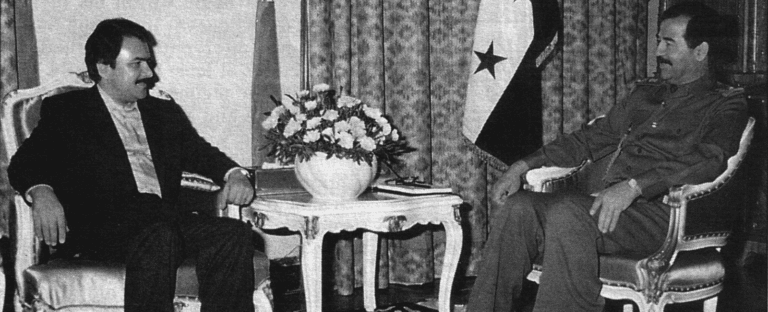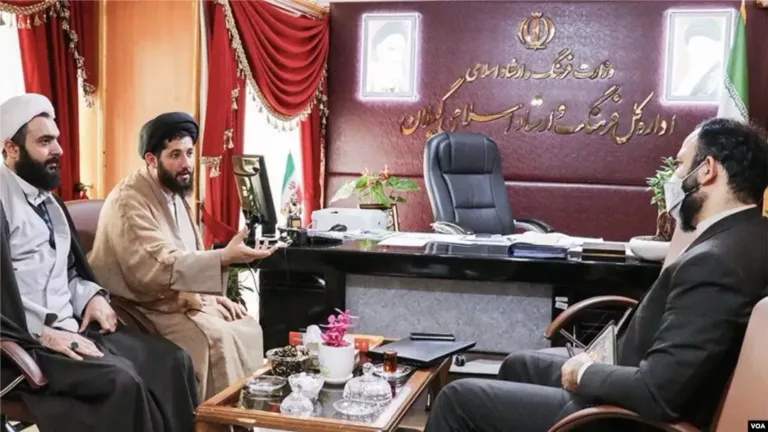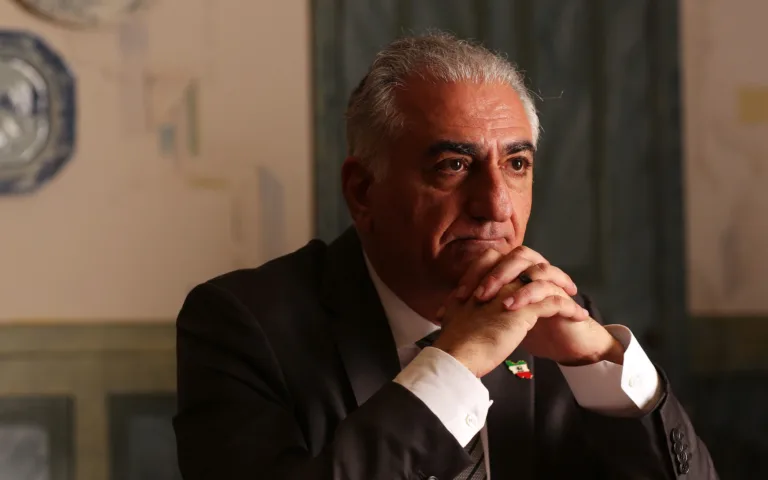The Return to a Secular Future in Iran
“The Woman, Life, Freedom” movement reflects Iran’s enduring struggle for secular democracy, echoing through its history from the liberal reign of Cyrus the Great to the present challenges under Islamic rule. Highlighting the Pahlavi dynasty’s secular reforms, particularly in advancing women’s rights and abolishing the compulsory veil, the narrative underscores the ongoing conflict between modernity and religious conservatism. This context sets the stage for the current youth-led movement, advocating for a democratic future. Emphasizing the potential leadership of Crown Prince Reza Pahlavi, the discussion links Iran’s historical resilience with its contemporary aspirations for progress and equality.
The slogan “Woman, Life, Freedom” has resonated for over one year, bringing global awareness to Iran’s situation and earning admiration for the Iranian youth leading a global struggle. Iranians, with unwavering support from the diaspora, have initiated a revolution to overthrow the Islamic regime and establish a secular democracy.
However, secularism is not a new concept in Iran. Iran’s history extends far beyond the 44 years of Islamic rule initiated by Ayatollah Khomeini. It is distinguished rather by a fascinating history spanning several millennia. The Persian Empire, founded by Cyrus the Great, exemplifies liberal governance. Cyrus, a liberal king, issued the first declaration of human rights, the “Cyrus Cylinder,” displayed at the United Nations headquarters. He was a source of inspiration for the U.S. founding figures like Thomas Jefferson. His writings outline early indicators of secularism: neutrality, equality before the law, protection and freedom.
Yet, following the Arab conquest of Persia, Iranians struggled to preserve their pre-Islamic language and culture, as well as to assert their individuality. Iran goes through successive periods of darkness and glory, and it remains always misunderstood and poorly defined.
During the Qajar dynasty (1796-1925), Iran languished under neglect and dominant religious power. The situation for women was dire, they were isolated, and their rights completely subjugated under Sharia law.
Subsequently, secular reforms implemented by Reza Shah, the first monarch of the Pahlavi dynasty (1925-1941), transformed the situation and saved Iran. Notably, the abolition of the compulsory veil in public places (1936-1941), which remains controversial among opponents of the Pahlavi monarchy. Yet, Reza Shah’s decision was an act of goodwill towards his people.
In the early 20th century, Reza Shah Pahlavi encountered an undeveloped Iran, plagued by widespread illiteracy and diseases, lacking infrastructure, and a society oppressed by religious patriarchy and misogyny. In that situation, the compulsory veil ban was seen as the only step towards liberating Iranian women from obscurantism. For Reza Shah, religious domination was Iran’s main enemy, a harbinger of a catastrophe: the future clerical rule.
In the wave of modernization and secularism, Reza Shah focused on education, women’s emancipation, and secular reforms to align society with his vision of a new Iran. He believed that Iran’s freedom was contingent on women’s liberation, and that until now, the country had acted “as if women were different people and did not count among the Iranian population.” Thus, the freedom of Iran must pass through women’s emancipation. Therefore, he saw the veil as an obstacle to modernity and progress; a tangible and visible tool of subjugation, and a symbol of inequality. Reza Shah viewed the removal of the veil as the only way for women to enter society. He saw it as a means to empower women.
His son and successor, Mohammad Reza Shah Pahlavi, continued these modernization objectives. Educated in Switzerland at a secular, French-speaking school, Le Rosey, he develops progressive and Western ideas. Thus, in 1941, the new Shah of Iran lifted the veil ban, leaving the choice to women. This illustrates Iran’s continuous effort to progress with time. The Shah entrusted education, modern society and time to ensure women’s awareness of their rights and freedoms.
In 1963, eight years before Switzerland, women were granted voting rights. Women became senators in 1963 and the first female Minister of Education entered politics in 1968. A series of reforms and laws follow during the famous “White Revolution,” and women’s status undergoes significant changes over a few years.
Unfortunately, society remained conflicted between modernity, communist ideology, and religious obscurantism. Today, Iranian youth demand a future without ideologies and open to the world, returning to the unfinished project of modernizing Iran.
For the third time in history, another Pahlavi, worthy of the name, could steer the country towards a future befitting its youth: Crown Prince Reza Pahlavi, living in exile in the United States since the Islamic Revolution, and a staunch advocate for secular democracy in Iran. As the saying goes, “third time is a charm”.







